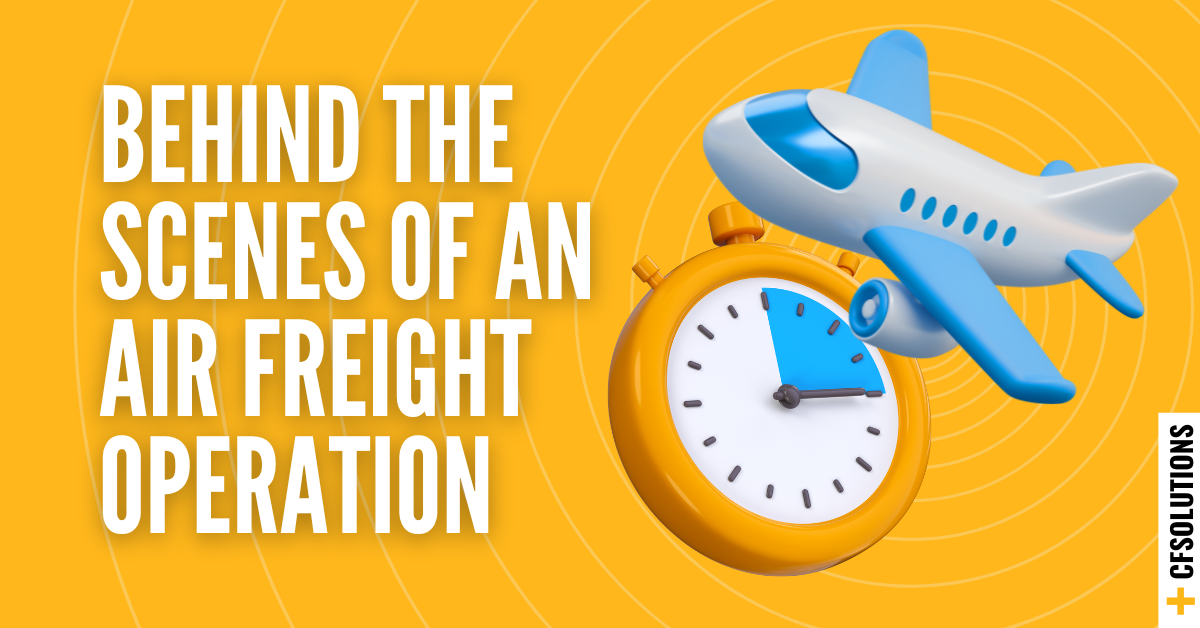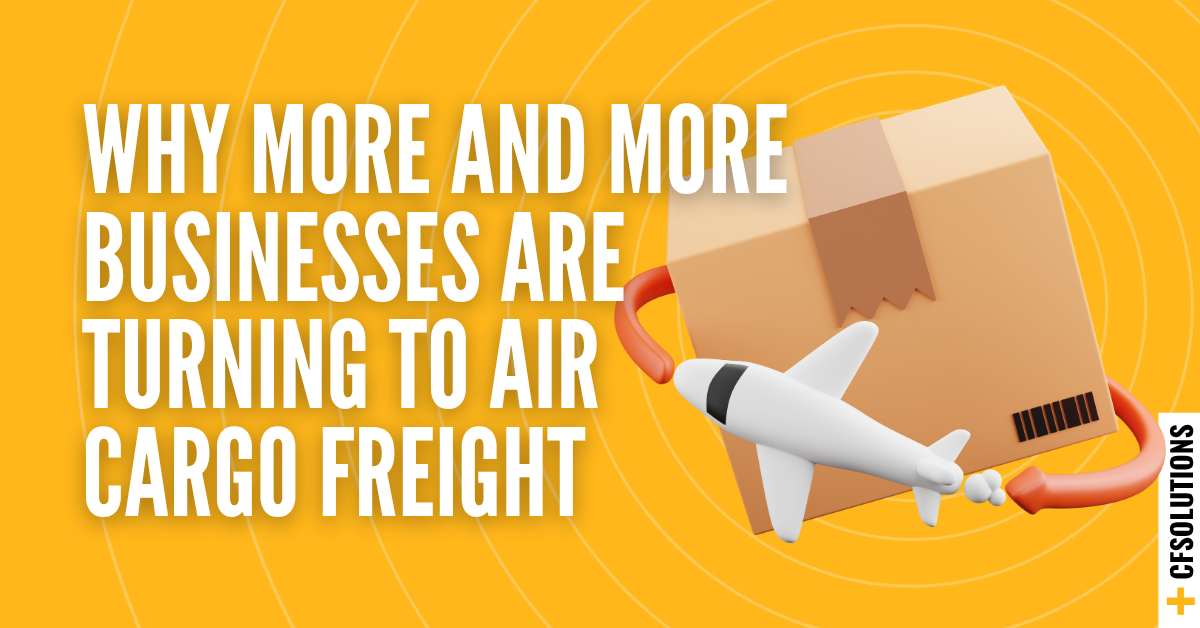.png)
In today’s competitive market, efficient freight management can make or break a business’s supply chain. Whether you’re shipping products locally or interstate, optimising your freight can lead to significant cost savings, improved delivery times, and enhanced customer satisfaction. But how can you achieve this? Here are five proven strategies to help you streamline your freight operations and get the most out of your logistics processes.
Use Flexible Freight Services to Match Business Needs
Adapting your freight approach to your specific business requirements is key to optimisation. Flexible services allow you to adjust shipment sizes, transit speeds, and delivery windows based on demand. For example, using express options for urgent shipments or scheduled delivery services for non-urgent freight can help balance costs and efficiency.
Pro Tip: Evaluate providers that offer scalable services, so you can switch between different options without disrupting your logistics flow during peak seasons or periods of high demand
Leverage Transport Management Systems (TMS)
Modern transport management systems (TMS) have revolutionised logistics, providing businesses with tools to enhance operational efficiency and improve collaboration across departments. TMS platforms not only offer real-time tracking and automated booking but also integrate seamlessly with other business systems to streamline workflows. These solutions empower businesses to make data-driven decisions, reduce manual errors, and increase overall productivity.
Key Benefits:
- Real-time tracking for full visibility
- Route optimisation to reduce transit times and costs
- Data insights to identify trends and improve decision-making
- Improved collaboration between teams
- Enhanced operational efficiency
- Scalability for growth
Pro Tip: Select a TMS with user-friendly dashboards and customisable features to meet the needs of various departments—logistics, finance, and customer service—ensuring everyone has access to the data they need in a format that works for them
Review and Optimise Freight Mix
Using the right combination of freight modes—such as road, rail, air, or sea—can significantly impact your logistics efficiency. Regularly assessing your freight mix ensures you’re not overpaying for premium services when they aren’t needed or underutilising cost-effective options like road or rail freight.
Example:
- Use air freight for time-sensitive deliveries.
- Opt for road freight for large shipments with flexible timelines.
- Explore rail freight for long-haul, bulk shipments to reduce costs.
Pro Tip: Revisit your freight mix every quarter to align with changing business needs, seasonal demand, or new carrier offerings.
Build Flexibility Through Multi-Carrier Solutions
Relying on a single carrier can leave your business vulnerable to delays or disruptions. Partnering with multiple carriers provides flexibility, allowing you to choose the most reliable and cost-effective provider for each shipment. This ensures continuity even if one carrier experiences issues and gives you access to a wider range of services and delivery windows.
Key Benefits:
- Improved coverage across regions.
- Ability to negotiate better rates by leveraging carrier competition.
- Customised solutions for different shipment types and destinations.
Pro Tip: Use a logistics partner to manage multiple carriers and streamline your bookings. This approach helps you stay agile without adding complexity to your operations.
Prioritise Visibility and Customer Communication
Transparency is critical for optimising freight operations. Providing your customers with accurate tracking information and real-time updates not only builds trust but also reduces inquiries about delivery status. Internally, visibility allows your team to plan better, avoid bottlenecks, and address issues quickly.
Key Steps:
- Implement tracking solutions that provide end-to-end visibility.
- Automate notifications to keep customers informed about shipment progress.
- Use reporting tools to track KPIs such as on-time delivery rates and carrier performance.
Pro Tip: Share regular updates with customers during busy periods, such as holiday seasons, to set realistic expectations and enhance their experience.
Freight optimisation is about more than just reducing costs—it’s about creating a streamlined, adaptable, and customer-focused logistics operation. By adopting flexible freight services, leveraging powerful TMS platforms, and regularly assessing your freight mix, businesses can ensure they’re operating at peak efficiency. Multi-carrier solutions provide the agility to navigate disruptions, while enhanced visibility and proactive communication build trust and satisfaction with your customers. Implementing these strategies doesn’t just improve your supply chain; it positions your business for long-term growth and resilience in a competitive market.
Ready to optimise your freight operations? Contact us today to discover tailored solutions that improve efficiency, reduce costs, and enhance your logistics strategy
Subscribe to our Newsletter
- by Customised Freight Solutions
- 0 Comments
Behind the Scenes of an Air Freight Operation
Air freight is one of the most dynamic parts of Australia’s logistics ...
Read More- by Customised Freight Solutions
- 0 Comments
Planning Your Freight Leading into Christmas and Understanding Carrier Cut-Offs
The Christmas period is one of the most exciting times of the year ...
Read More- by Customised Freight Solutions
- 0 Comments
When Speed Matters: Why More Australian Businesses Are Turning to Air Freight
The Australian freight landscape is changing fast. With rising ...
Read More



